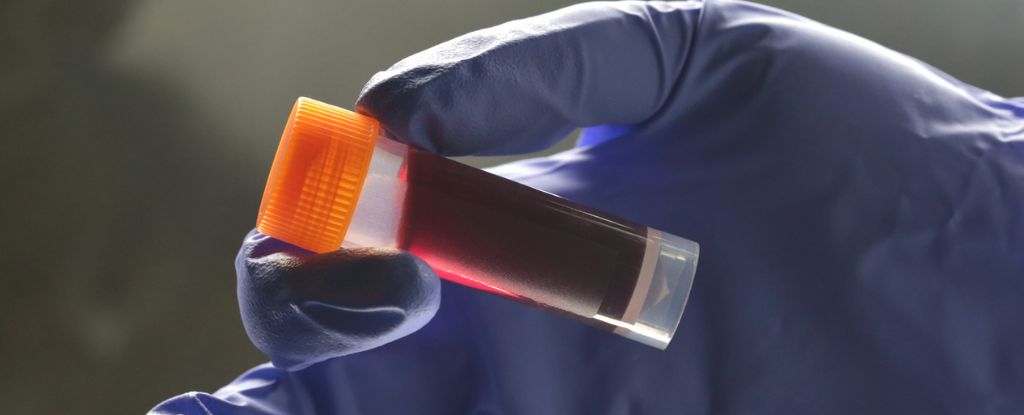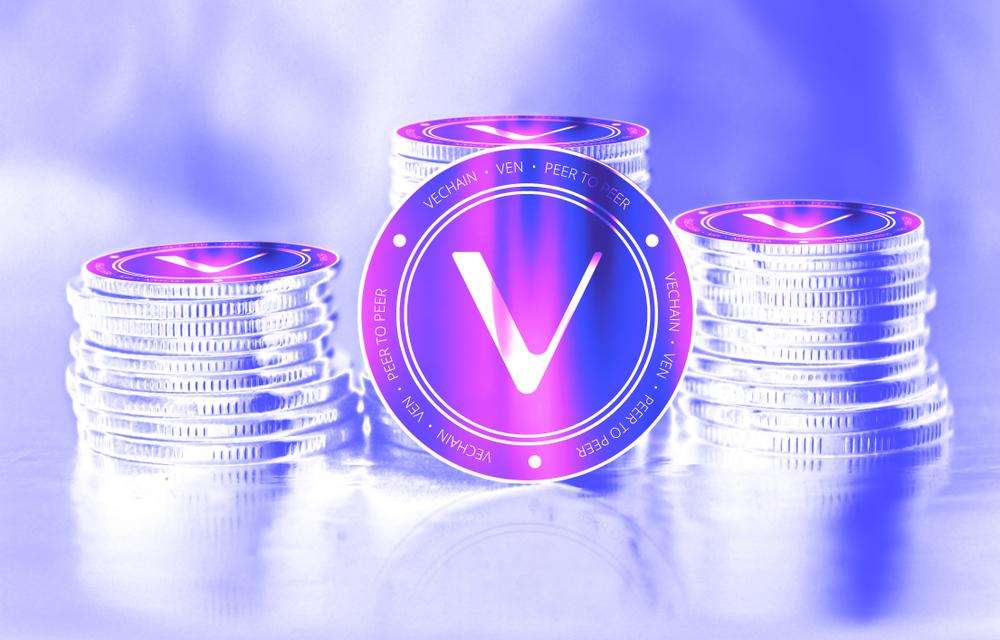
The circuit boards inside your old phone may seem worthless, destined for the trash heap. But to a team of researchers at Cornell University, they are a treasure trove—literally. Led by postdoctoral researcher Amin Zadehnazari, the team has unveiled a major recycling breakthrough: a chemical-free method for extracting most gold from electronic waste, or e-waste, and using the recovered precious metal to convert carbon dioxide (CO2) into valuable organic materials.
Their approach offers a compelling solution to two environmental challenges: the growing mountain of discarded electronics and the urgent need to mitigate CO2 emissions, a major driver of climate change.
Gold, Without the Toxic Trade-Offs
E-waste is a rapidly growing problem. By 2030, global e-waste could hit 80 million metric tons annually, with only 20% currently recycled. Traditional recycling methods for gold extraction involve hazardous chemicals like cyanide. Zadehnazari’s method, however, eliminates the need for these toxic agents. Instead, it relies on covalent organic frameworks (COFs)—porous, crystalline materials tailored to capture gold ions with remarkable precision.
Using building blocks rich in sulfur, the team synthesized a COF capable of selectively capturing 99.9% of gold from discarded circuit boards, leaving behind other metals like nickel and copper. This sulfur-rich COF offers durability too, retaining its efficiency even after 16 cycles of reuse.
When the COFs are applied to e-waste (typically in the form of dissolved circuit board materials), the gold ions in the solution are adsorbed onto the COF surface. This process, known as chemical adsorption, involves the binding of gold ions to the sulfur atoms on the COF.
“Knowing how much gold and other precious metals go into these types of electronic devices, being able to recover them in a way where you can selectively capture the metal you want—in this case, gold—is very important,” explained Alireza Abbaspourrad, a co-author of the study and Zadehnazari’s advisor.
Turning Waste into a Double Win
The innovation doesn’t stop at gold recovery. Once loaded with gold, the COFs double as catalysts for converting CO2 into organic chemicals, a process called carboxylation. At relatively low temperatures and ambient CO2 pressure, this method produces materials that can be used in industrial and commercial applications.
“By transforming CO2 into value-added materials, we not only reduce waste disposal demands, we also provide both environmental and practical benefits,” said Zadehnazari. “It’s kind of a win-win for the environment.”
This dual benefit—recycling gold and repurposing CO2—addresses two critical environmental issues at once.
A Goldmine of Possibilities
The value of this innovation becomes clear when you consider the numbers. A ton of e-waste contains at least 10 times more gold than a ton of mined ore. Let that sink in for a moment. And with e-waste recycling programs in many U.S. states facing challenges, from high costs to chemical pollution, Zadehnazari’s COF-based method could provide a much-needed overhaul.
Proponents argue that mining precious metals from old electronics is not just greener but also more efficient than traditional mining. However, existing programs often fall short due to the energy-intensive processes involved, something which this research may address.
While the method of using covalent organic frameworks (COFs) like TTF-COF is highly efficient for capturing gold ions from e-waste, it does have limitations. The gold recovered from the solution is chemically bound to the sulfur-rich sites in the COF. This means the gold is not in a free, metallic form but rather embedded as nanoparticles or chemically stabilized within the COF matrix. Recovering pure gold requires an additional desorption or reduction step, which was not extensively discussed in terms of scalability or environmental impact in the study.
The study mentions that thiourea or similar reagents can desorb gold; nearly 98% of the gold can be recovered in such processes. However, the efficiency of this desorption step may vary under real-world conditions, and the reagents required might introduce their own environmental and cost concerns.
As e-waste piles up and CO2 levels climb, solutions like this could turn yesterday’s trash into tomorrow’s treasure, with benefits that ripple far beyond the laboratory.
The findings were published in the journal Nature Communications.









Leave a Comment